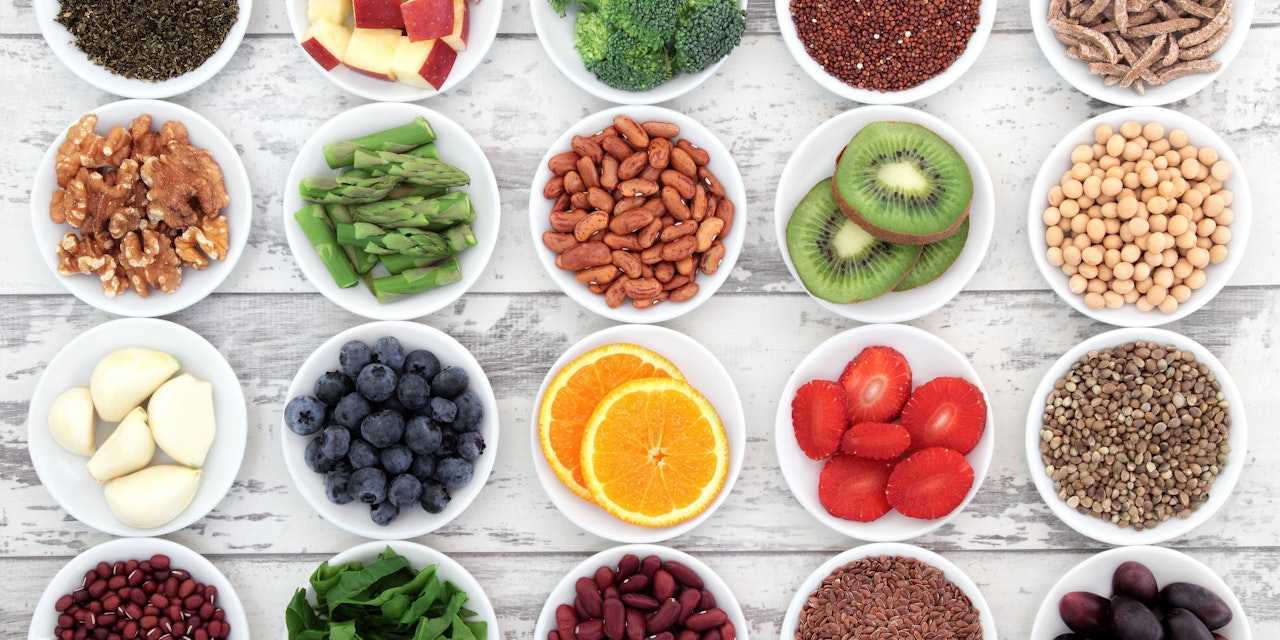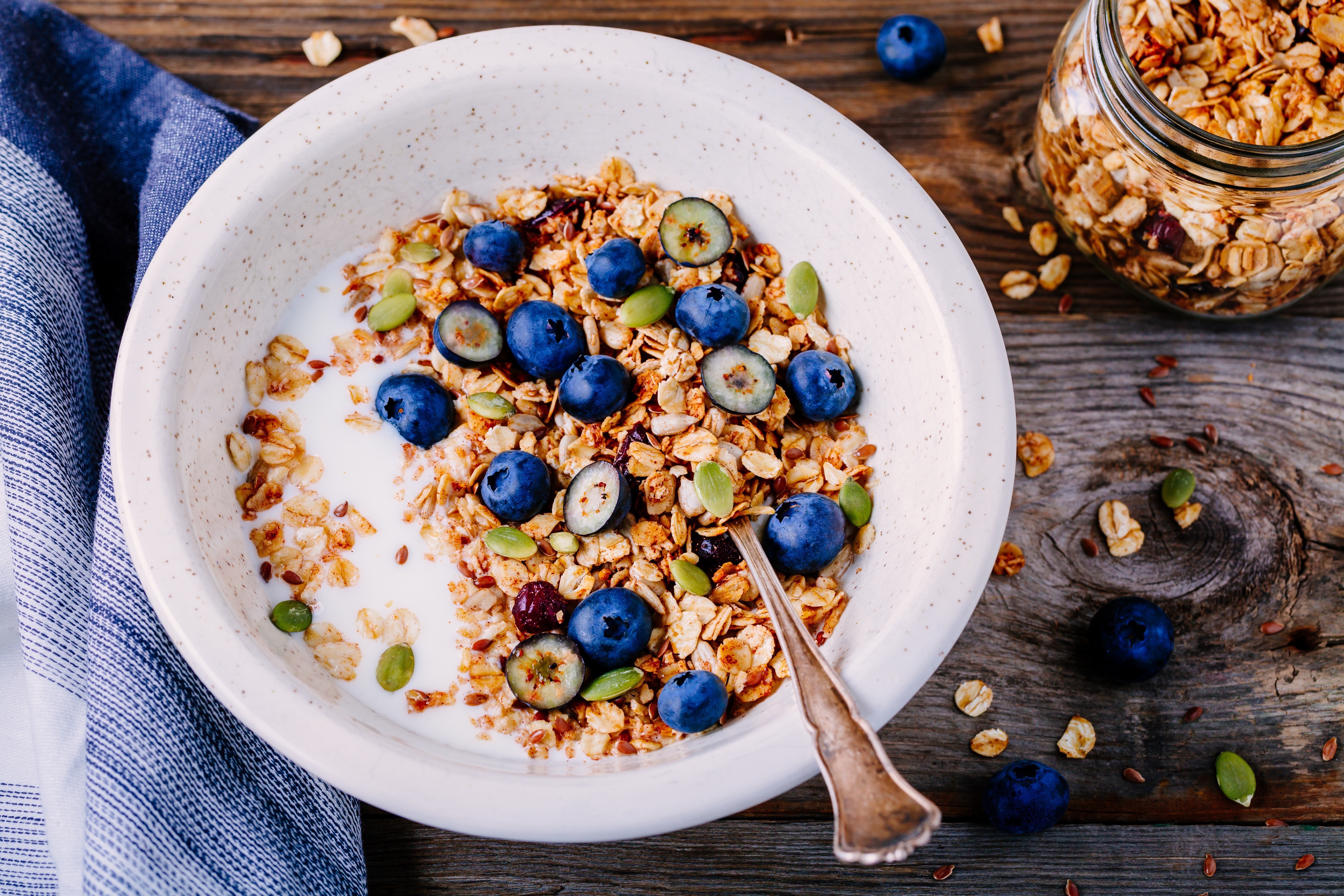What Are the Ins and Outs of Fiber
There are many controversial topics in nutrition. You can hear people swear by one diet, that a specific one is superior to all other. However, w…
- Published: 8/16/2017
- Categories:
- 5 min. read

- Published: 8/16/2017
- Categories:
- 5 min. read
There are many controversial topics in nutrition. You can hear people swear by one diet, that a specific one is superior to all other. However, what you usually don’t hear is something negative about fiber. When getting nutritional advice, you often hear that you should limit the intake of sugar and try to eat food high in fiber, but what exactly is fiber and why should you eat it?
Can you eat too much fiber and when not to eat fiber?
As with everything, you can actually eat too much fiber. For example, eating a lot of fiber just before a workout might not be the best idea since overconsumption of fiber can cause abdominal discomfort, bloating, altered stool output, gas and even malabsorption. Too much fiber can reduce the uptake of certain vitamins, minerals and other substances, for example levothyroxine sodium (Maćkowiak et al., 2016). However, some highly fermentable fibers can improve the absorption of certain minerals (Otles and Ozgoz, 2014).
For people struggling with malnutrition or have higher energy needs (for example athletes, some patients with for example cancer, and the elderly) it is recommended that they consume food rich in nutrients with high bioaccessibility (most of the nutrients in a food is available for absorption in the small intestine) (Grundy et al., 2016). Therefore, it might be superior to eat food with less dietary fiber for these groups. However, everything should be tailored to the individual. For example, if an older individual is struggling to eat enough and at the same time is having constipation, some fiber might aid with constipation and therefore be beneficial for that individual.
How much should I eat and what type of fiber? Recommendations for fiber intake
The general recommended a daily intake of dietary fiber in the USA is 14 g/1000 al (Slavin, 2008). The recommendation is however related to gender, age, and energy intake. The types of fiber included in this recommendation are for example non-starch polysaccharides, resistant starches, and lignin.
A word of caution, if you are currently eating a low fiber diet and are considering increasing your fiber intake, do it slowly, otherwise you might have an increased risk of gas and bloating and possibly GI discomfort. How much fiber any given individual can tolerate before he/she get any uncomfortable side effects vary among individuals but an amount of more than 70g/day (sometimes less) could possibly elicit excessive gas, abdominal discomfort or other negative effects. If you are eating a diet low in fiber my advice would be to slowly titrate up your intake to around the recommended intake of around 14g/1000 Cal.
Is the calorie content of the fiber accounted for in the calorie content of the food?
This question is more complicated than one would first think and the answer depends on, for example, what country you are living in and their rules and regulation. In the US, fiber is sometimes not included in the net carbohydrate amount, i.e. you can have a food with 5 g of carbs and 10 g of fiber. This food could in other countries be registered as containing 15 g of carbohydrates. This also causes some difficulties when reading the calorie content of a food since fiber is not always accounted for in the calorie content but other times are calculated as 2-4 Cal/g. So, if you find a disparity between the macronutrient content (protein=~4 Cal/g, carbs=~4 Cal/g, fat=~9 Cal/g) and calorie content it could be due to fiber being included or not.
Does the food label specify what type of fiber it contains?
Usually, the amount of soluble and insoluble fiber is included under the fiber content and is not reported separately. The fiber content on the labels includes both dietary and functional fibers (Maćkowiak et al., 2016), if not specified otherwise.
Bottom line
Generally, foods high in fiber, such as fruits and vegetables, usually contain a lot of beneficial nutrients. One of these beneficial nutrients is fiber. Fiber can contribute to a number of beneficial health effects, including reduced risk of cardiovascular disease and diabetes. There are different types of fiber with somewhat different characteristics and as with everything else there is a sweet spot for fiber intake. One recommendation is to consume around 14 g fiber/1000 Cal. However, the ability to tolerate fiber can vary between individuals and an amount that is beneficial for one person might give another stomach discomfort. Therefore, it is important that you find a type of fiber and amount that makes you feel well.
Fredrik Wernstål is a final year medical student with a passion for nutrition, training, performance, and health. His goal is to help people reach a healthier and happier life by providing research-based advice.
References
Grundy, M.M.-L., Edwards, C.H., Mackie, A.R., Gidley, M.J., Butterworth, P.J., Ellis, P.R., 2016. Re-evaluation of the mechanisms of dietary fibre and implications for macronutrient bioaccessibility, digestion and postprandial metabolism. Br. J. Nutr. 116, 816–833. doi:10.1017/S0007114516002610
Maćkowiak, K., Torlińska-Walkowiak, N., Torlińska, B., 2016. Dietary fibre as an important constituent of the diet. Postepy Hig. Med. Doswiadczalnej Online 70, 104–109. doi:10.5604/17322693.1195842
Otles, S., Ozgoz, S., 2014. Health effects of dietary fiber. Acta Sci. Pol. Technol. Aliment. 13, 191–202.
Slavin, J.L., 2008. Position of the American Dietetic Association: health implications of dietary fiber. J. Am. Diet. Assoc. 108, 1716–1731.
All of the content and media on Lifesum is created and published for information purposes only. It is not intended to be used as a substitute for medical advice or treatment. Users should always consult with a doctor or other health care professional for medical advice. If you have or think you are at risk of developing an eating disorder, do not use the Lifesum app and seek immediate medical help.



